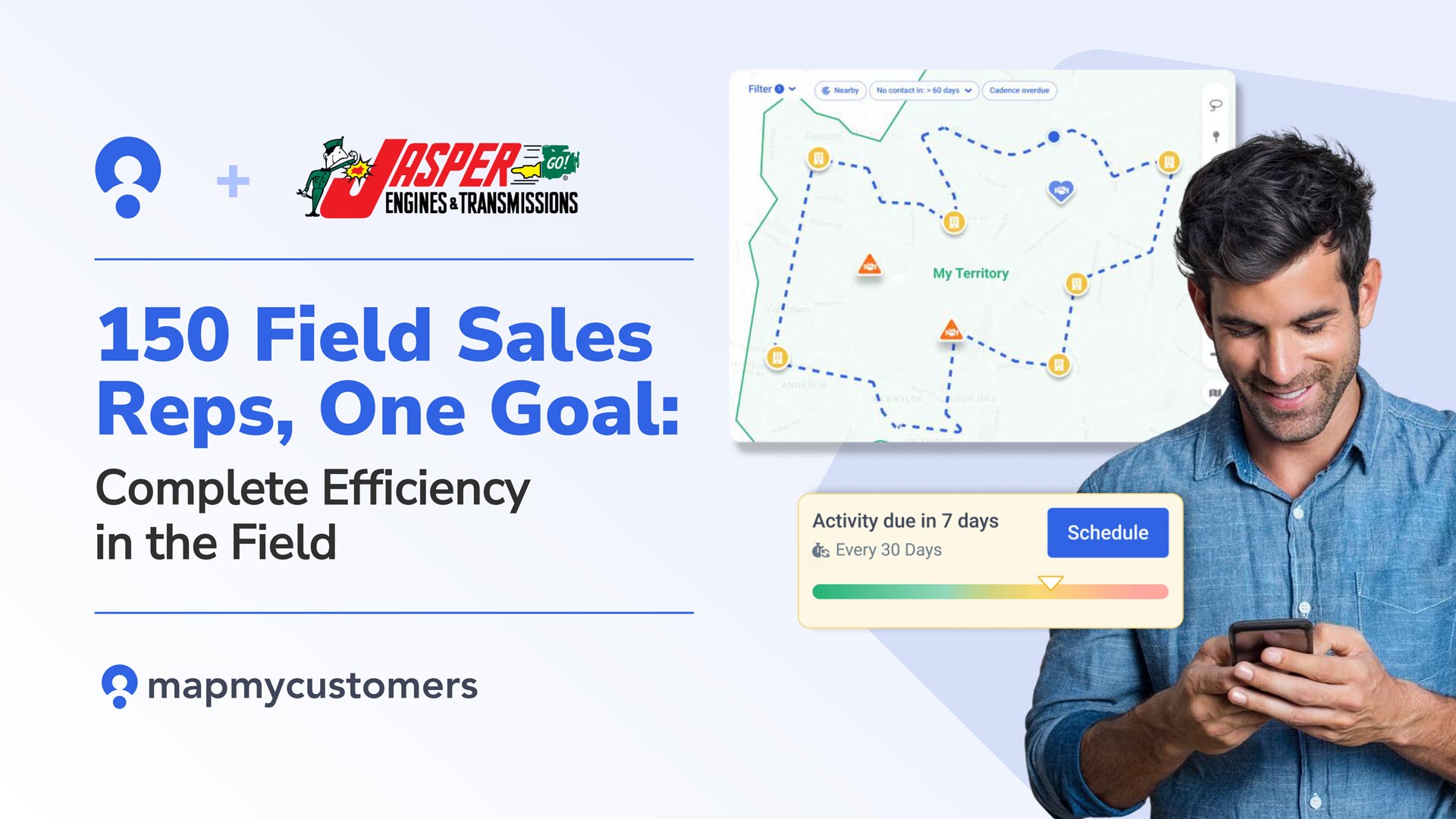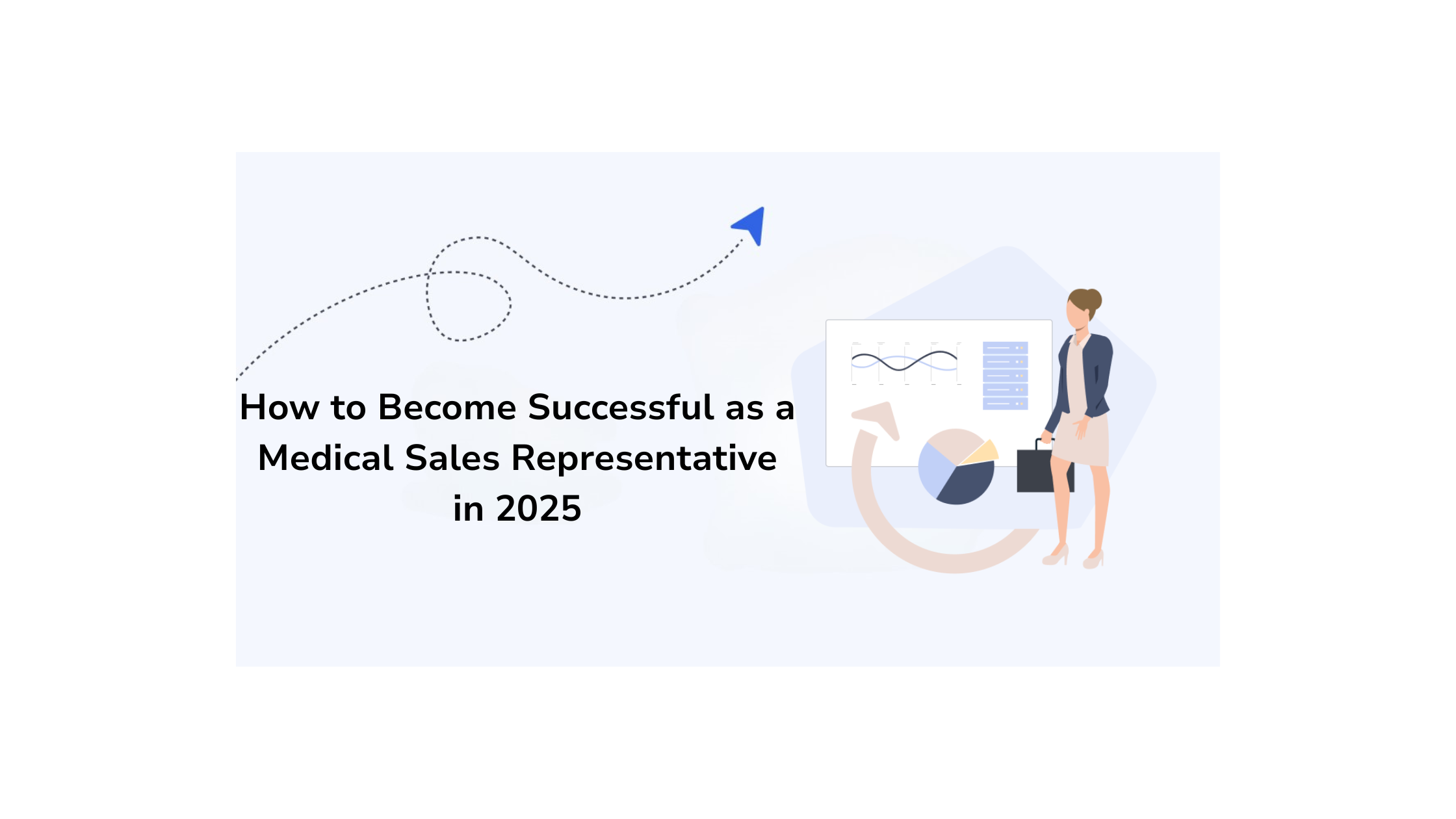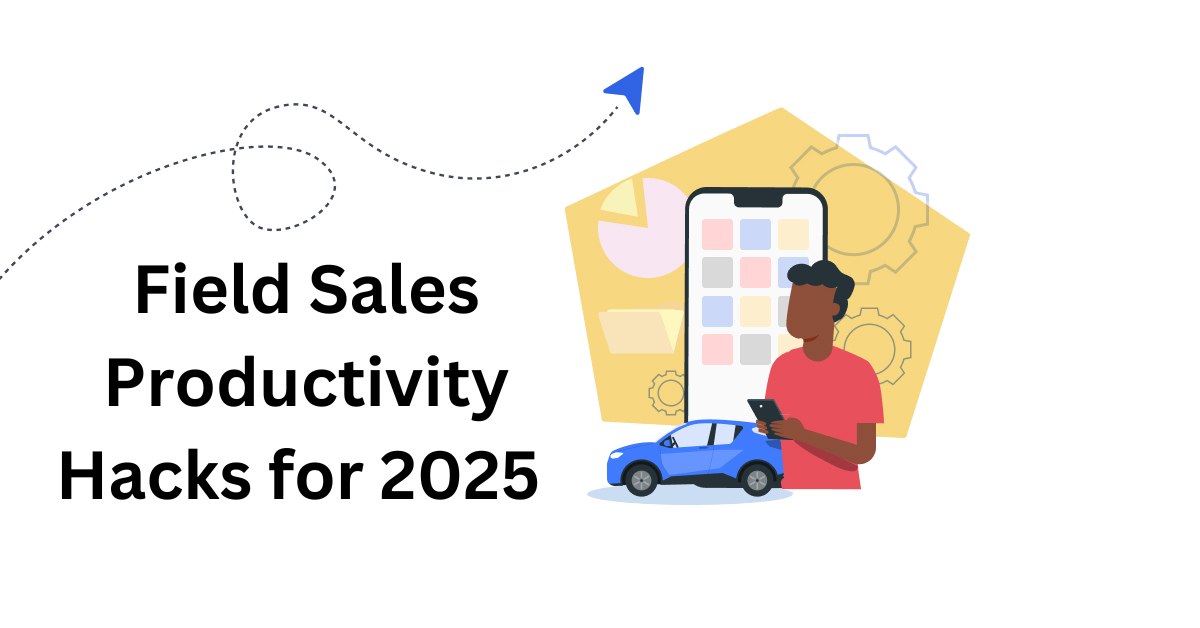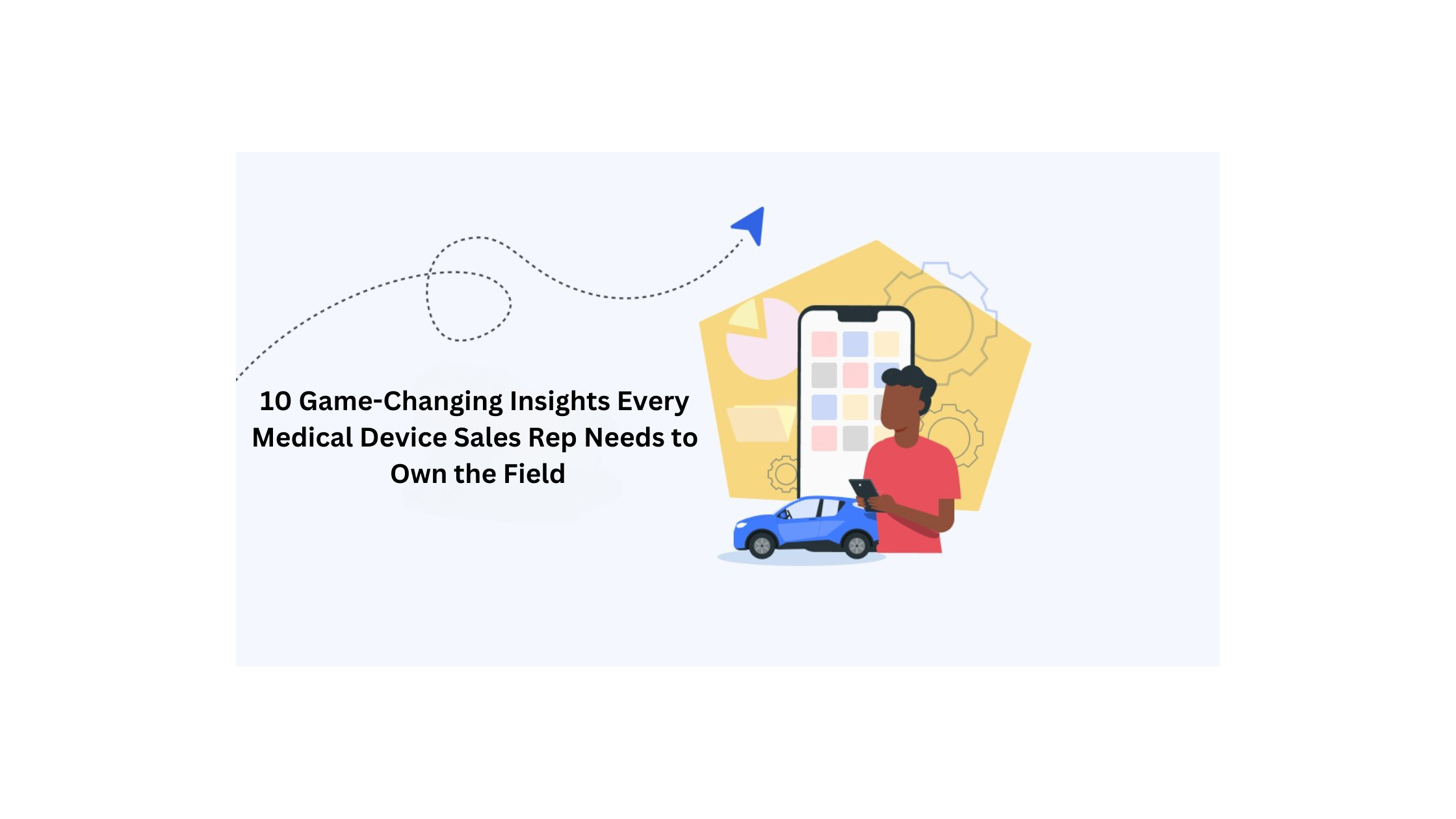Scott Sendel is the RVP of insight and customer services at Palo Alto Networks. Palo Alto Networks is the global cybersecurity leader shaping the cloud-centric future with technology that is transforming the way people and organizations operate.
Scott has been in value selling roles at a number of technology companies. He started at i2 Technologies, then spent time at SAP before moving on to a long career at Oracle, and now works at Palo Alto Networks. At each, he focused on different parts of value selling.
“Value selling” can be defined as positioning the business value of the product or service that you’re selling to a prospect, and helping them understand how their investment in this product will impact their business.

What are your current favorite books, podcasts, blogs for keeping up with the sales/value selling industry news?
I look at a lot of competitor sites. I look at incoming offers I get from other companies trying to sell to the company I’m at. I’m really keen to look at other companies, their messaging, how they’re personalizing the message, the types of tools they use and automation they have. So I try and look for trends in that direction. I do try and go to some of the bigger technology trade shows and look at some of the different vendors when possible.
Given the challenging times now, I do most of my research on the internet. But I’m very open to how other people are doing things, even if it’s not in my industry. Sometimes you’ll see some cool stuff from your power company or water company, or different utility or retailer that you deal with, and say, gosh, how could I apply that to my space?
When you were at Oracle, what was one piece of tech that your team couldn’t live without, and how did you use it on a daily basis?
At Oracle, we had a lot of technology and development capacity, and so we created a lot of our own, but we also used some of the third party tech that’s out there. The most basic thing you need is a business case platform.
By that, what I mean is if you’re positioning the business value of a solution, you need to be able to store that information in one centralized place. Then you can position the same type of value areas all the way on the front end of the sales cycle, on your website, those types of things. The customer who’s doing a lot of research for the purchase before they talk to you, says, “Oh, okay, I see this Palo Alto Network solution helps in these areas.” Okay. Then the sales team gets involved and they’re going to be showing those same value areas.
When the sales team does engage with the customer, they’re saying the exact same thing that the customer already heard on the website. “Oh, okay. This Palo Alto solution reduces my TCO (Total Cost of Ownership) in the following ways. Okay. I kind of got that.”
And then you even take it all to the end of the value realization step of – the customer implemented the Palo Alto solution and they’re receiving value in the exact areas we set them in the business space. And then as I mentioned before, we feed it back around. Really that kind of core business case platform, not only having it, but socializing it, sharing it, and enabling it.
Describe your typical day-to-day workflow as a sales value leader.
On any given day I focus on a mix of tactical things and strategic things. So in my current job at Palo Alto Networks, we’re helping customers worldwide become more secure organizations. So at any given time, my team is supporting a whole bunch of different sales cycles that are at different stages.
It’s really making sure those are going well, that they have all the help they need, that we’re collaborating across both our company and customer to get the right data set, so that we can build the best possible plan for our customers. And so that’s a tremendous amount of activity, managing, and pushing, prodding, and all those types of things to help the sales cycles.
And then there’s very much a strategic element. No matter what company you’re at saying “Here’s where we are today. What are those next level things we can do?” So I’m very early in my career at Palo Alto Networks and there’s still a lot for me to learn and groups for me to collaborate and those types of things.
A lot of times, to begin a strategic project, I might start in the middle of the customer business case piece, and then we execute that and execute it well, but then we need to think about how we can spread out our learning to the front end of the cycle, to that back end sales cycle and figure out the right strategic way for those extensions.
How closely should the value selling team work with the marketing team?
At scale we want to work very extensively with marketing. I view product marketing as the owner of the core message of the product and the features and those types of things. Typically, most companies, the marketing organization, they’ll be able to kind of come up with higher level value statements, but they’re not necessarily strong in the quantification aspect of that. I think we try and have a strategic relationship with marketing where we help them, we augment that value message.
Now from a sales perspective, the way I like to describe it is, is kind of an extension of the tool set that a sales rep may have. A sales rep is going to have that product marketing, that messaging deck. They’re going to have events that they can route customers to, other types of webinars, different types of things. I talk about how you have a sales rep that has a tool bag, and value is another tool that’s added to the other tools that they have.
We try to partner with the marketing organizations to say, “Hey, we can add a tool to the toolkit you’re already providing to the salesperson. We collaborate to align the value message with the marketing message. We also collect data on the value customers are realizing with our solutions and feed that back for marketing to use. It’s an excellent relationship with marketing.
What are your thoughts on CRM, and how you can best leverage it?
I’m a big fan of leveraging CRM systems as much as you can. A lot of companies, for real reasons, have restrictive access policies to their CRM systems, which I guess my advice would be try and work through. I mean, best practice you really want, for a lot of customer data, you want your CRM to be the system of record. And so as a sales, sales ops, value selling, any of those types of functions, you want to be leveraging what’s in the CRM system, because it’s more accurate. It is the most accurate stuff, and a lot of stuff is there.
For example, looking at the next likely purchase, “Hey, the customer owns these three modules. They don’t own those two modules.” You can build an integration into a CRM system that pulls out which customers match my sales play and have that as an execution list.
You can even go for buying insights from their past purchases. Do they always buy it on their calendar year, your fiscal year, any discounts, those types of things? How much are they downloading your content? Which content are they downloading on the website? Kind of using that to feed a buying intent metrics so we really understand those things. I think where the sales world, it’s already there in many companies, it’s heading there with many others, but using the data you have to optimize and personalize.
Everyone talks about account-based marketing. Use the data you have to create those personalizations and create intelligent targeting. I mean, it’s easy to lose relationships with customers. Such as if you send them a, “Hey, are you interested in buying the local newspaper?” and they already buy your newspaper. The value has created ill-will from a poorly formed message.
Customers expect you to use the information you know about them to not waste their time. So I’m a big fan of leveraging everything you can out of the CRM system, however you can.
What big trends do you see coming for value selling in the next few years?
Well, I think there’s a couple of bigger trends. I think a lot of companies and providers and different types of things are really trying to get better at benchmarking and understanding that with the next level of detail. Really understanding what drives value and what doesn’t, and what results you can get.
I think in general automation, if anything the current times are teaching us, perhaps there’s a future with less in-person and onsite and more technology driven sales cycles, with conferencing, whiteboarding, those types of things. I think that the ability to automate and make easy things to do remotely is kind of a key challenge and our opportunity.
And I think, the mega trend for a while already has been self-service: customers are doing a tremendous amount of the buying cycle before they actually reach out to the seller. Enabling that to be as easy as possible and frictionless as possible. And I think there’s a lot of technology behind it. We’ve talked a little bit about this before, if you see a customer is downloading a certain type of asset from your website, that should be triggering a nurture campaign around that.
You know what they’re looking at, you know who they are, figure out how to aid that process in doing that. I think some best in class companies really have very sophisticated nurture programs where the rep can get involved very late in the cycle and so much has been able to be automated to the customer.
Top Takeaways
- Value selling is positioning the business value of the product or service that you’re selling to a prospect, and helping them understand how their investment in this product will impact their business. It can act as an extension of the tool set that a sales rep may already have.
- CRM can unlock highly valuable sales insights, such as buying insights from their past purchases. Ask yourself: do customers buy on their calendar year, the fiscal year, rely on any discounts, etc?
- With the rise of self-service buying, customers are doing a tremendous amount of the buying cycle before they actually reach out to the seller. You need to enable that process to be as easy and frictionless as possible.





